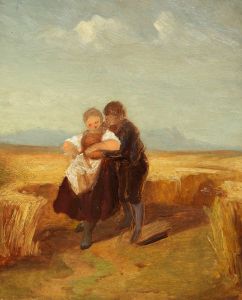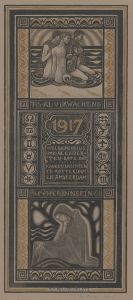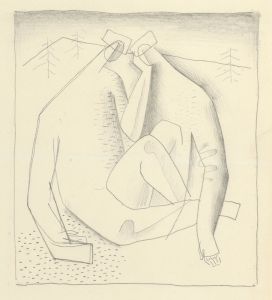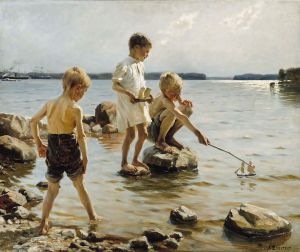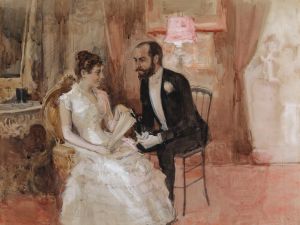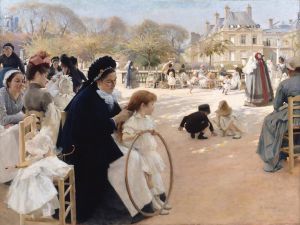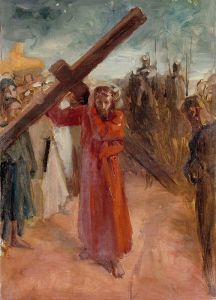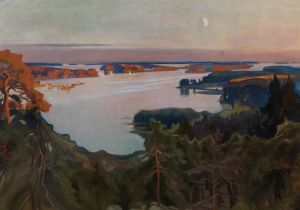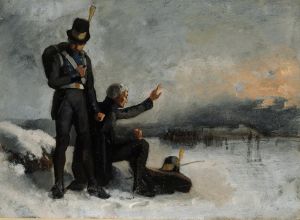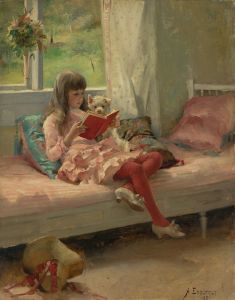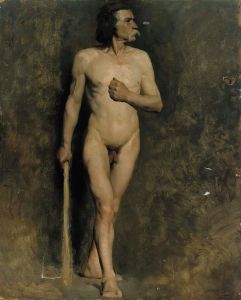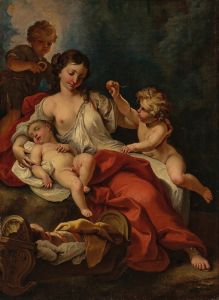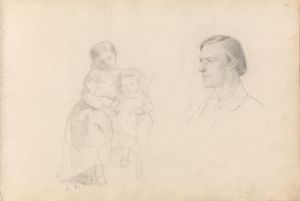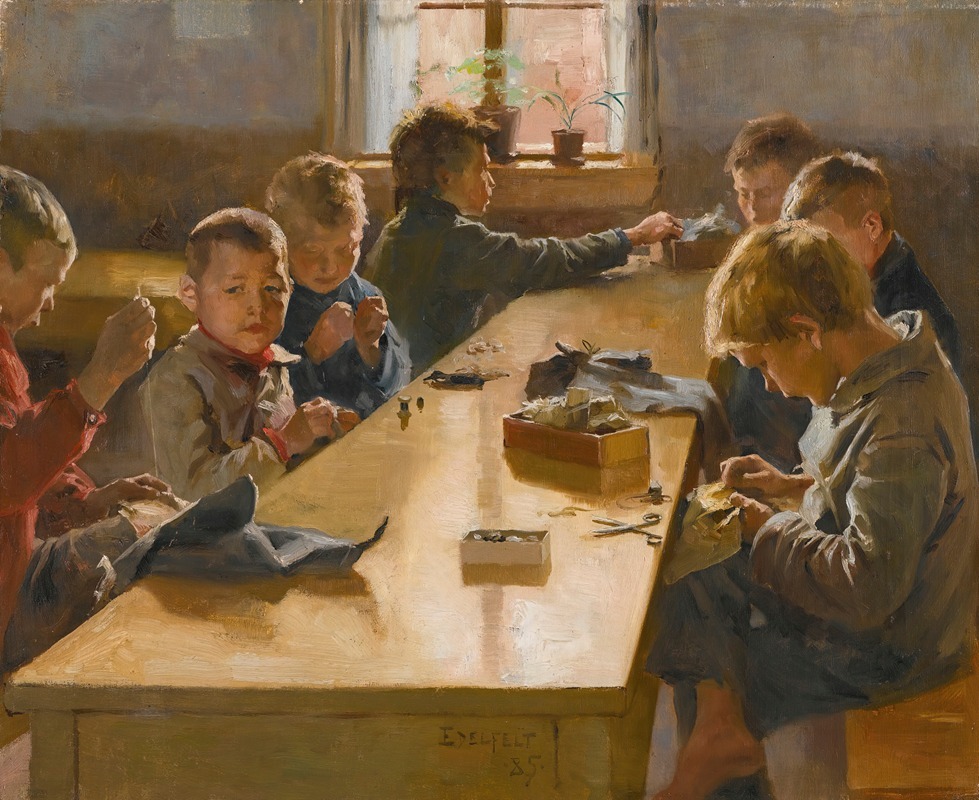
The Boys’ Workhouse, Helsinki
A hand-painted replica of Albert Edelfelt’s masterpiece The Boys’ Workhouse, Helsinki, meticulously crafted by professional artists to capture the true essence of the original. Each piece is created with museum-quality canvas and rare mineral pigments, carefully painted by experienced artists with delicate brushstrokes and rich, layered colors to perfectly recreate the texture of the original artwork. Unlike machine-printed reproductions, this hand-painted version brings the painting to life, infused with the artist’s emotions and skill in every stroke. Whether for personal collection or home decoration, it instantly elevates the artistic atmosphere of any space.
Albert Edelfelt's painting "The Boys’ Workhouse, Helsinki" is a notable work by the Finnish painter, who is renowned for his contributions to the realism movement in the late 19th and early 20th centuries. Edelfelt, born in 1854 in Porvoo, Finland, was a pivotal figure in Finnish art, and his works often reflect the social and cultural contexts of his time.
"The Boys’ Workhouse, Helsinki" is an exemplary piece that captures the essence of Edelfelt's interest in social realism. The painting depicts a scene from a workhouse in Helsinki, a facility where boys from impoverished backgrounds were housed and taught various trades. During the 19th century, workhouses were common in Europe, serving as institutions that provided shelter and work for the poor and destitute. In Finland, these institutions were part of a broader social system aimed at addressing poverty and providing vocational training to young people.
Edelfelt's painting is characterized by its detailed and empathetic portrayal of the boys in the workhouse. The artist's use of light and shadow, as well as his attention to the expressions and postures of the figures, conveys a sense of realism and humanity. The work reflects Edelfelt's skill in capturing the nuances of human emotion and the conditions of everyday life.
The painting is significant not only for its artistic merit but also for its historical context. It provides insight into the social conditions of the time and the efforts made to address issues of poverty and education. Edelfelt's work often highlighted the lives of ordinary people, and "The Boys’ Workhouse, Helsinki" is a testament to his commitment to depicting social realities.
Albert Edelfelt studied at the Royal Academy of Fine Arts in Antwerp and later in Paris, where he was influenced by the realist movement and the works of artists such as Jean-François Millet and Gustave Courbet. His time in Paris exposed him to new artistic ideas and techniques, which he incorporated into his own work. Edelfelt's paintings often feature a blend of Finnish subjects and international artistic influences, making his work unique in the context of Finnish art history.
Throughout his career, Edelfelt received numerous accolades and was recognized for his contributions to art both in Finland and internationally. His works were exhibited in major art capitals, and he played a crucial role in promoting Finnish art on the global stage. "The Boys’ Workhouse, Helsinki" is one of many works that exemplify his ability to combine technical skill with a deep understanding of social issues.
In summary, "The Boys’ Workhouse, Helsinki" by Albert Edelfelt is a significant work that captures the essence of social realism in 19th-century Finland. Through his detailed and empathetic portrayal of the boys in the workhouse, Edelfelt provides a window into the social conditions of the time and highlights his commitment to depicting the lives of ordinary people. The painting stands as a testament to Edelfelt's artistic skill and his contribution to Finnish art and culture.





